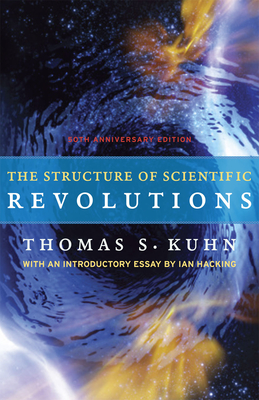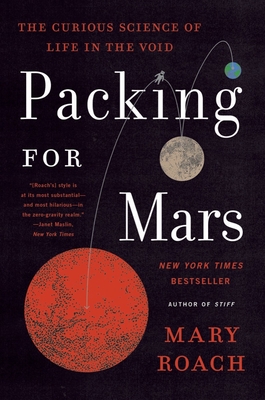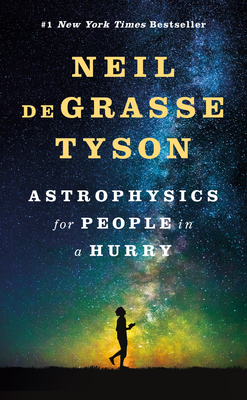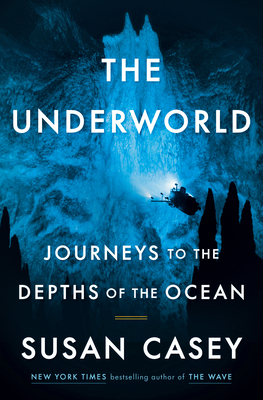
Beyond Earth: Our Path to a New Home in the Planets
Description
We are at the cusp of a golden age in space science, as increasingly more entrepreneurs—Elon Musk, Richard Branson, Jeff Bezos—are seduced by the commercial potential of human access to space. But Beyond Earth does not offer another wide-eyed technology fantasy: instead, it is grounded not only in the human capacity for invention and the appeal of adventure, but also in the bureaucratic, political, and scientific realities that present obstacles to space travel—realities that have hampered NASA's efforts ever since the Challenger disaster.
In Beyond Earth, the authors offer groundbreaking research and argue persuasively that not Mars, but Titan—a moon of Saturn with a nitrogen atmosphere, a weather cycle, and an inexhaustible supply of cheap energy—offers the most realistic, and thrilling, prospect of life without support from Earth.
Praise for Beyond Earth: Our Path to a New Home in the Planets
“Refreshing….delightfully different from any other book I’ve ever read by human-spaceflight cheerleaders. The authors have put their thinking caps on and broken out of the usual orthodoxy by presenting cogent ideas on why humans should go into space, including their lovely idea of going to and living on obscure (to most folks) Titan….Mr. Wohlforth and Ms. Hendrix gracefully outline not just the mechanics but the philosophy and morality of human spaceflight in their well-structured book….It is decidedly a book that should be read by anyone intrigued by the possibility and feasibility of a future ‘out there.’” —Homer Hickam, The Wall Street Journal
“Beyond Earth balances possible futures with a raft of facts on advances in spacecraft technology, robotics and space medicine. Crucially, [Wohlforth and Hendrix] parse the push and pull between cautious governments and gung-ho entrepreneurs, concluding that the two may ultimately add up to a propulsive combination.” —Nature
“Imaginative. . . . A different look at life beyond Earth.” —Financial Times
“The combination of Hendrix's extensive knowledge with Wohlforth's wonderful storytelling ability results in a book that is deeply informative, yet lively and engaging from start to finish.”
—Alaska Dispatch News (Anchorage)
“Promising not to offer another ‘wide-eyed technology fantasy,’ Hendrix and Wohlforth dive into the gritty bureaucratic, political, and scientific hoops humans will have to jump through to make life on other planets a reality. The book also delivers its own form of a mic drop with the argument that it is Titan, not Mars, that will eventually serve as Earth's next frontier.” —Inverse
“Well researched, the volume takes the compelling approach of discussing current and planned explorations of the solar system, then projects this work into a future scenario narrative that plays out over segments in each chapter. . . . Written in lay language with clear explanations of planetary research, this offering will appeal to readers of environmental or space topics.” —Library Journal
“Planetary scientist Hendrix and writer Wohlforth weave scientific research with fascinating speculation to paint a picture of how and why humankind might spread to other planets. . . . On the whole, the fictional chapters are entertaining, chilling, and put the science in a more human context. The two halves work together to create a striking, reality-based possible future that's seen through the lens of current knowledge.” —Publishers Weekly
“The authors successfully combine a visionary approach to space colonization with the practicalities facing the program now. Their conclusion that NASA should focus on 'stretch technology,' leaving the rest to the private sector, is controversial but worthy of serious consideration. A welcome contribution to the ongoing discussion of the future of America's space program.” —Kirkus Reviews




























